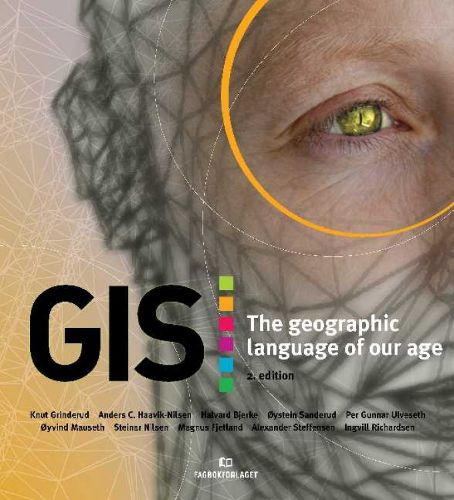Readings Newsletter
Become a Readings Member to make your shopping experience even easier.
Sign in or sign up for free!
You’re not far away from qualifying for FREE standard shipping within Australia
You’ve qualified for FREE standard shipping within Australia
The cart is loading…






This book provides a comprehensive introduction to geographic information systems (GIS). It explains the ideas and methodology behind GIS, and discusses all aspects of the process of collection, processing, analysis, and presentation of geographic information. In this respect, the book differs from more technically oriented literature on GIS. GIS is increasingly employed as a tool to support planning and management across diverse areas of society, and so the emphasis is placed on how GIS works as a geographic language in different contexts. The book is informative, easy to follow, and aims to make GIS applicable and relevant to professional planners who organise and shape our environments. In this second edition, the content has been updated by various experts. The new chapter on the use of geographic information and GIS as a basis for military decisions, may also be very relevant for other disciplines. All of the authors have academic backgrounds, high levels of expertise, and long experience in the use of GIS at the Norwegian Military Academy and the NDEA.
$9.00 standard shipping within Australia
FREE standard shipping within Australia for orders over $100.00
Express & International shipping calculated at checkout
Stock availability can be subject to change without notice. We recommend calling the shop or contacting our online team to check availability of low stock items. Please see our Shopping Online page for more details.
This book provides a comprehensive introduction to geographic information systems (GIS). It explains the ideas and methodology behind GIS, and discusses all aspects of the process of collection, processing, analysis, and presentation of geographic information. In this respect, the book differs from more technically oriented literature on GIS. GIS is increasingly employed as a tool to support planning and management across diverse areas of society, and so the emphasis is placed on how GIS works as a geographic language in different contexts. The book is informative, easy to follow, and aims to make GIS applicable and relevant to professional planners who organise and shape our environments. In this second edition, the content has been updated by various experts. The new chapter on the use of geographic information and GIS as a basis for military decisions, may also be very relevant for other disciplines. All of the authors have academic backgrounds, high levels of expertise, and long experience in the use of GIS at the Norwegian Military Academy and the NDEA.